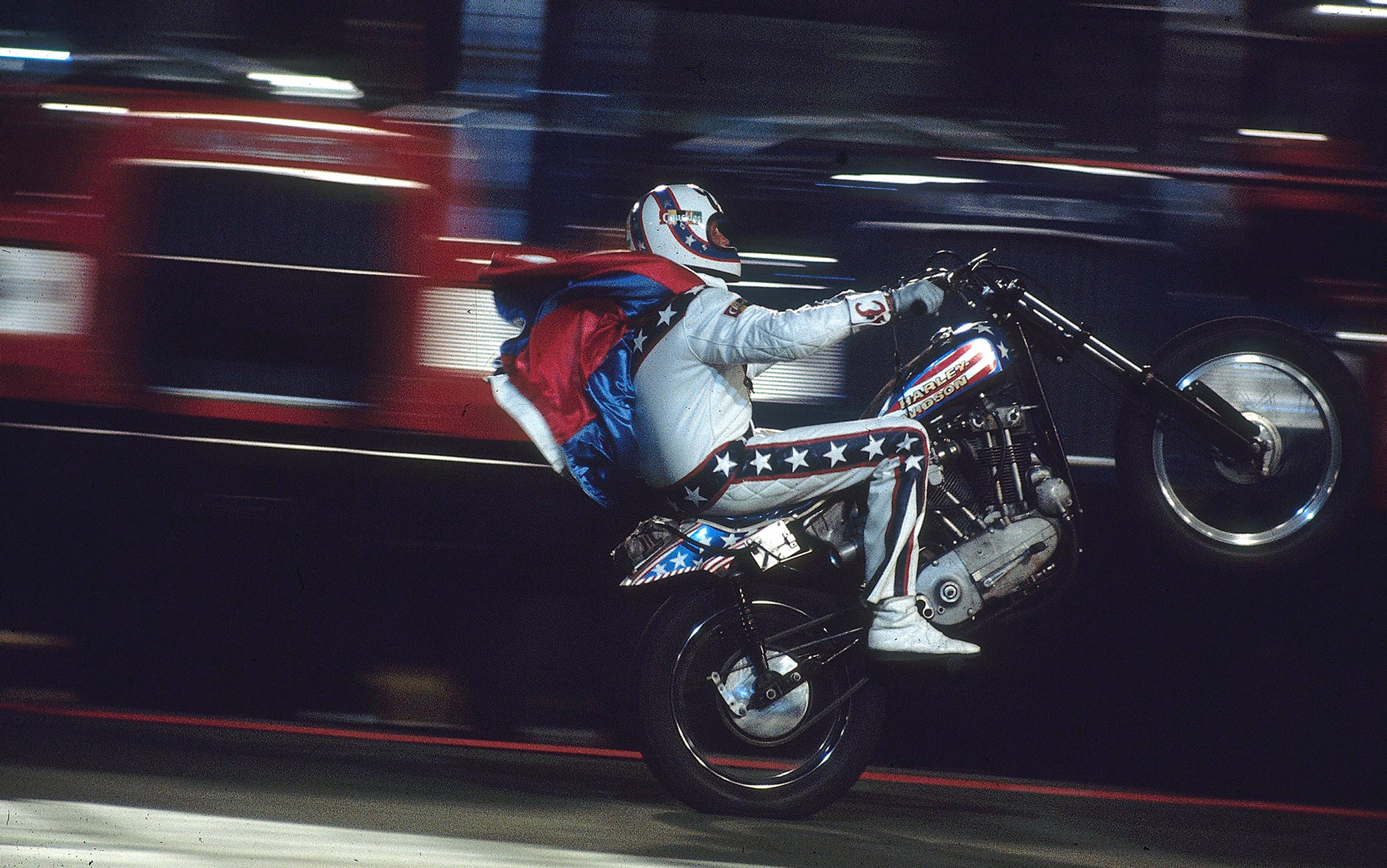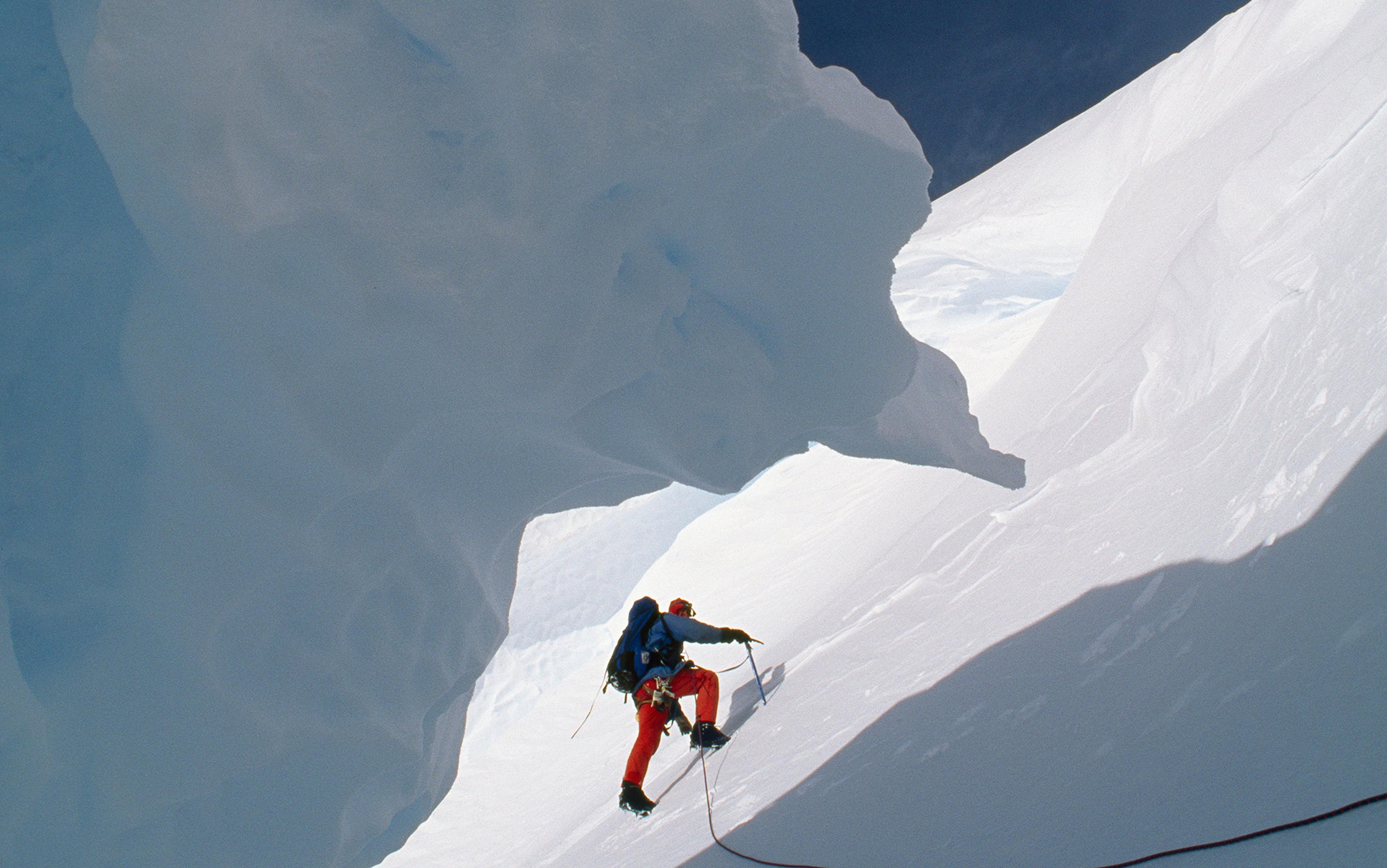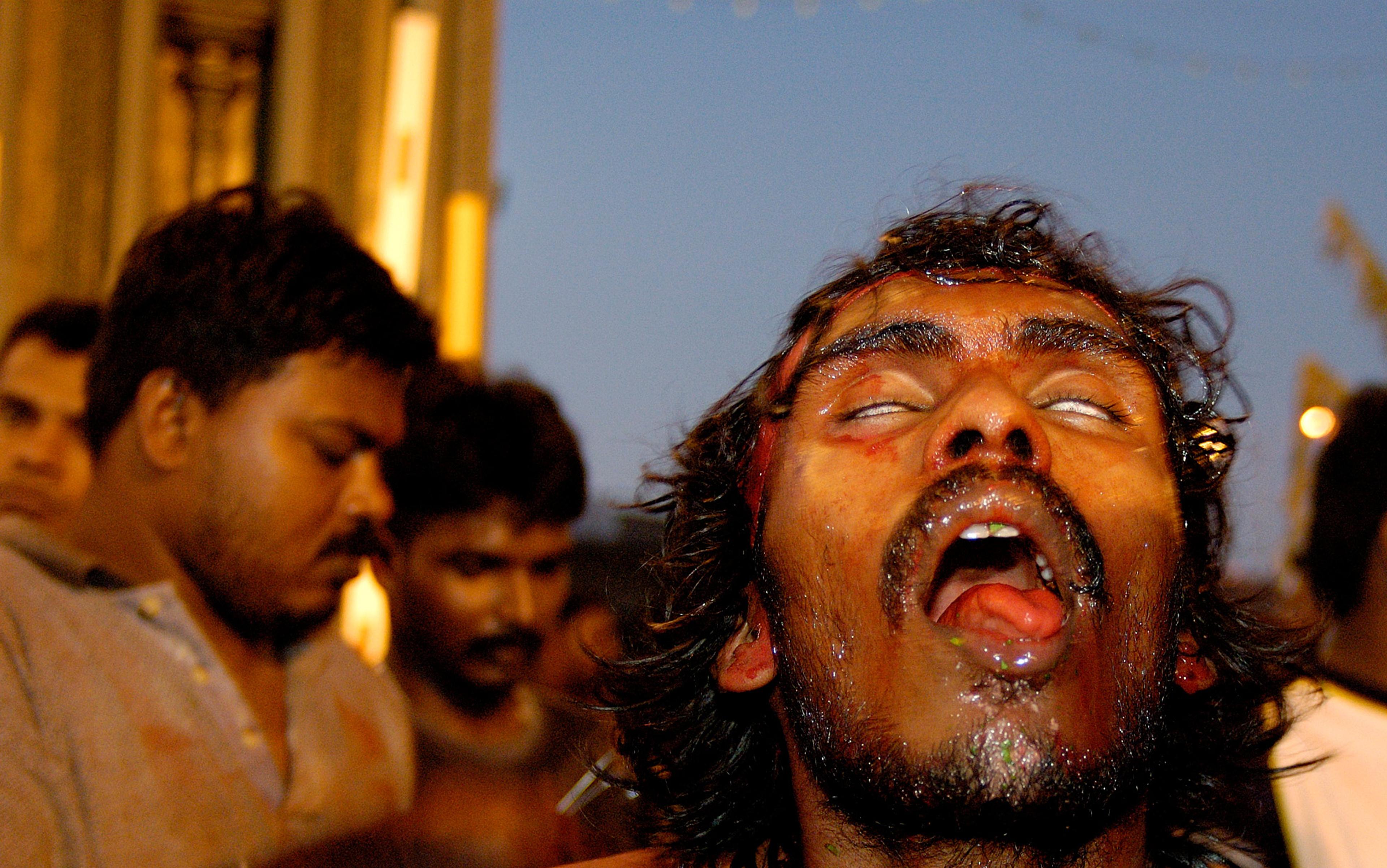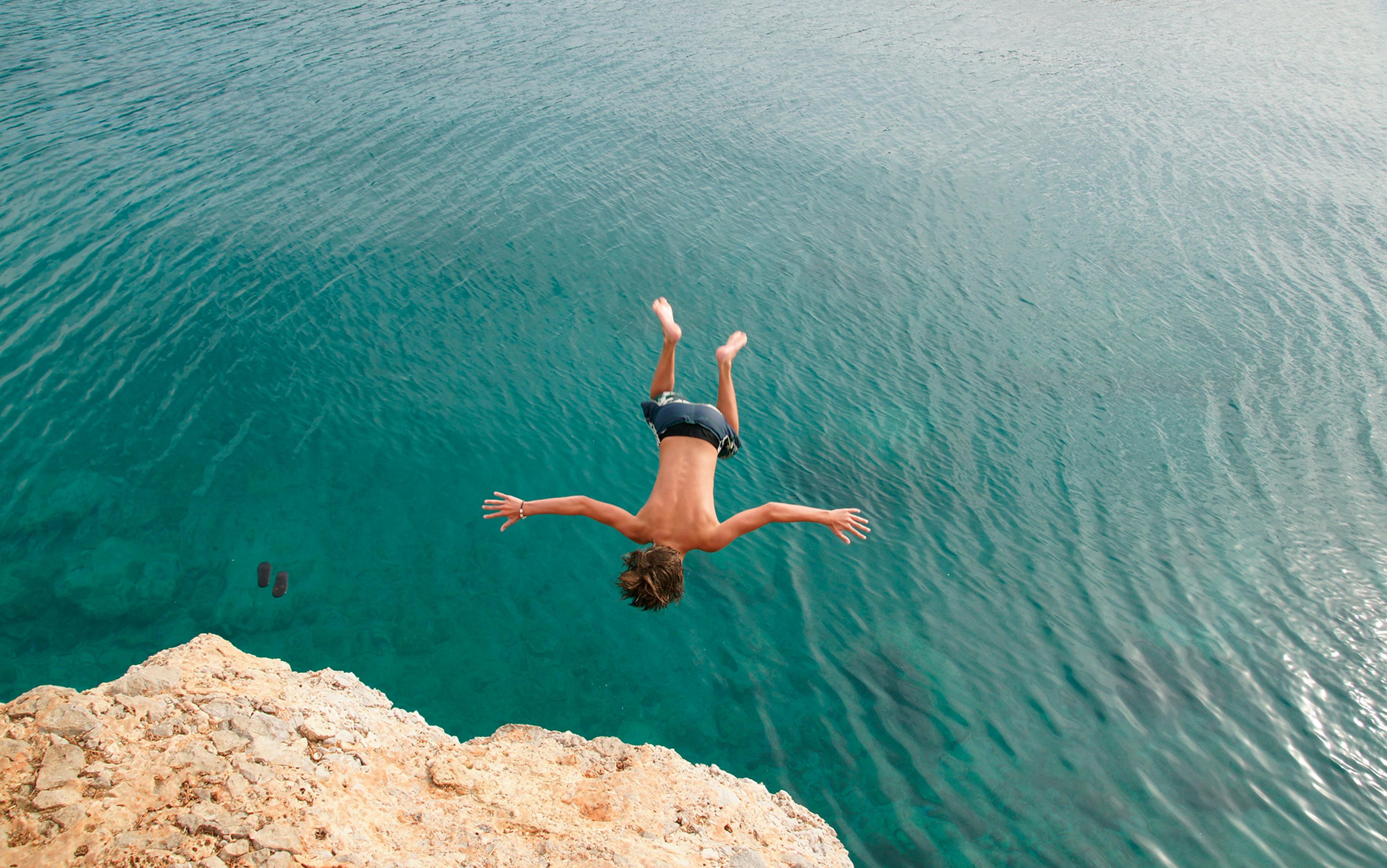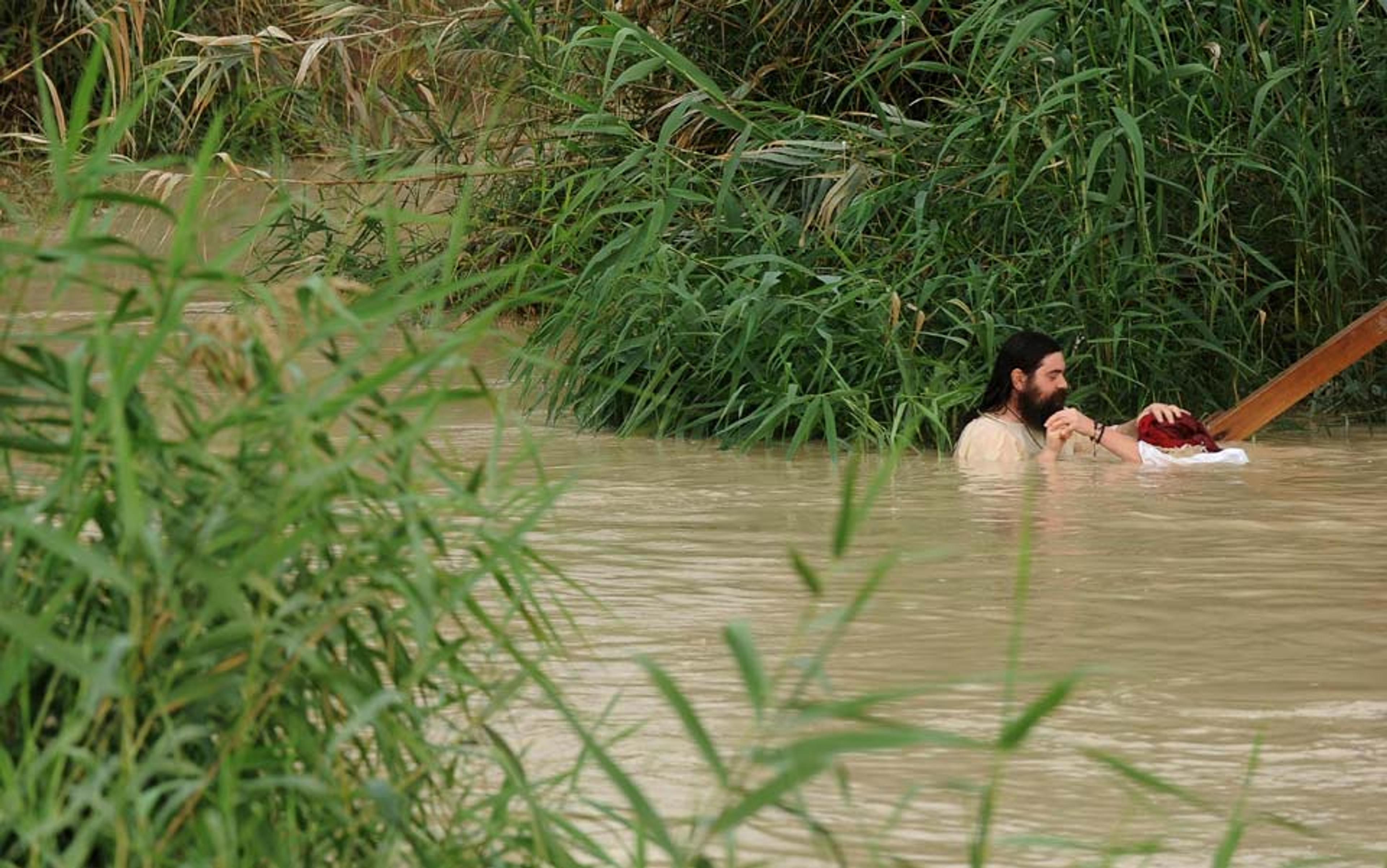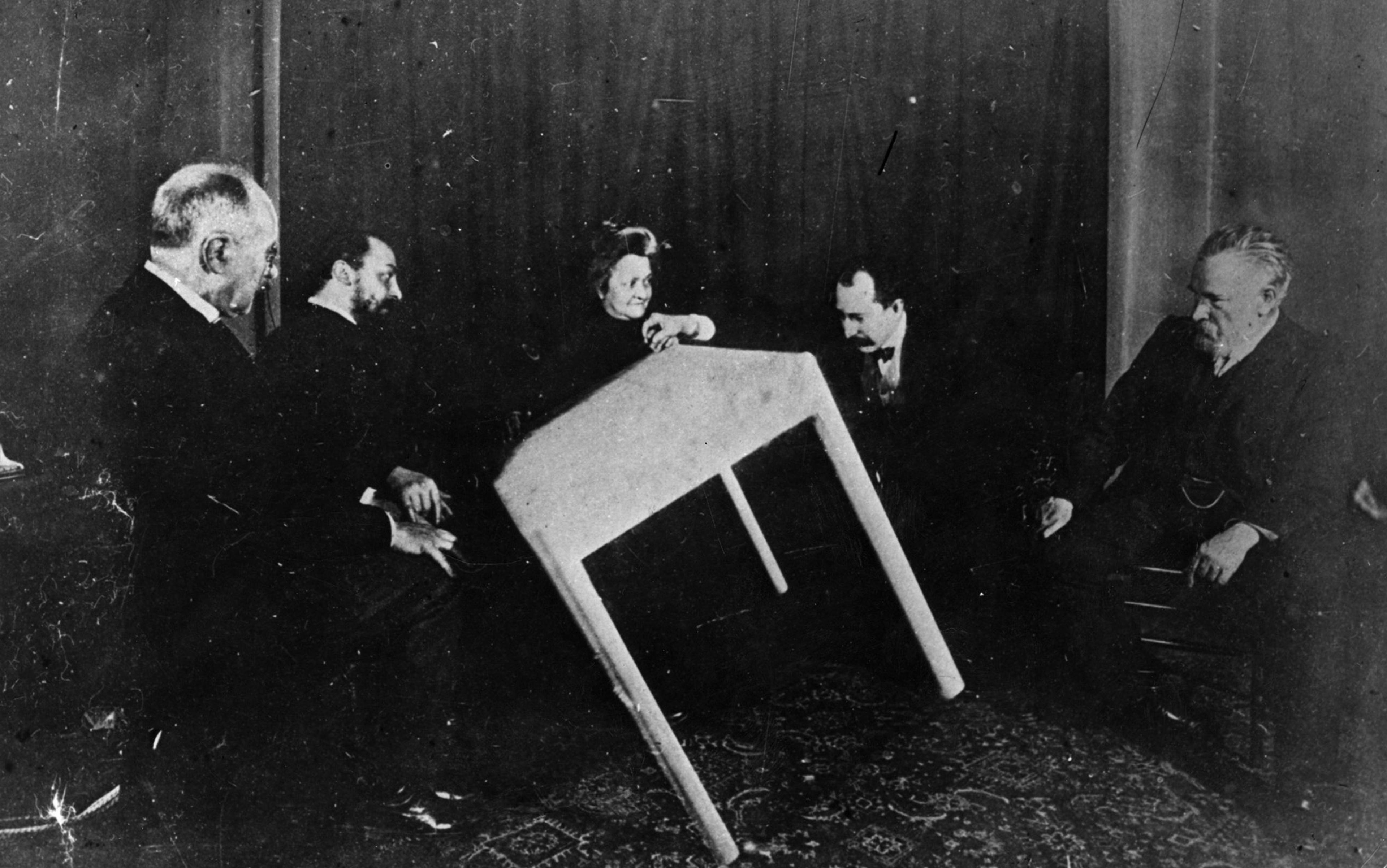We watch them with locked attention even as we wonder if we should be watching them at all. Sometimes we feel guilty for our absorption in the daredevil’s endeavour, as if our bearing witness were alone responsible for their self-imperilment. The sanctimonious like to reinforce this feeling of guilt, attributing one’s fascination to a sickness, an eagerness to see others die right before our eyes. It’s only appropriate then that the most famous daredevil of them all – the veritable avatar of the phenomenon – provides the most poetic wisdom on the matter, reckoning that, while most of those watching don’t want to see him die, they do want to be there if he does.
Evel Knievel knew what he was talking about, and he knew what he was doing. People love an extravaganza, an event, a one-of-a-kind spectacle – a set-piece that will result in either tragedy or triumph, or something extremely compelling in between. And this isn’t anything new. It didn’t start with Knievel any more than it ended with him. For hundreds of years, in the Western world, spectators have been fascinated by human beings risking their lives in the name of entertainment.
This fascination has been indulged in ever-inventive ways, as daredevils outdo themselves and one another in concocting elaborate means of obtaining proximity to death: tumbling over the falls in a barrel, taking the city skyline on a tightrope, catching a bullet in the mouth. Harry Houdini – who of course preceded Knievel as an icon of daredevilry – once freed himself on stage from the belly of a dead whale-like sea creature. If you’ve ever conceived of an impossibly strange way to almost kill yourself before an audience, it’s likely that these guys thought of it first.
Not that they’re all guys. Far from it. The first person to successfully go over Niagara Falls in a barrel, in fact, was Annie Edson Taylor, a schoolteacher by profession and one of many remarkable female daredevils. Her leap down the falls was a variation on a theme introduced in 1829 by Sam Patch, the Yankee Leaper (who’d taken his jumps straight, no barrel, sometimes accompanied by a bear). Seventy-two years later, on the day, remarkably, of her 63rd birthday, Taylor got it into her head that she could cushion her retirement if she did just like the Yankee Leaper had done, but in a barrel.
It was 4.5 ft by 3 ft, made of oak and braced with metal hoops. She was protected by two pillows, strapped in with a leather harness, and air was supplied and regulated with a makeshift apparatus. A 175 lb anvil was fixed to the bottom to keep the barrel upright during its initial descent. She took Niagara’s Horseshoe Falls 167 feet down, and by the time she was finished, she’d endured 18 minutes of being ‘hurled about and knocked frightfully’.
Taylor lived to tell her tale, but not to make the fortune she’d envisioned. Patch, too, failed in his mercenary intentions. The final jump he would ever take – the one that killed him – was from a greater height than the one immediately preceding it, precisely because the last-but-one had failed to generate satisfactory revenue. It’s easy to see Patch and Taylor in the daredevils of today, convinced they’re just one YouTube video away from riches and fame. The internet has not fundamentally changed the impulse of those who perform such stunts or those who watch them (even if it has changed the number who indulge the impulse, and the frequency with which they’re watched).
Set up a Google News alert for ‘daredevil’ and you will be confronted daily with two or three new accounts of someone performing some vertigo-inducing (for the viewer, at least) stunt, designed expressly for web consumption. Sometimes these stunts result in death. Usually they involve BASE jumping, or a vehicle moving at high speed, or (particularly popular lately) free-climbing some lofty – dizzyingly, nauseatingly lofty – tower or building.
Even though, at the scale’s extreme ends, the difference between amateur and professional daredevils is huge, the vast middle range is densely populated with performers whose impulses are virtually indistinguishable. Still, the professional does benefit from certain undeniable assets. The lethality of the whole enterprise is only affirmed when you stop to consider that, even for those favoured with the professional’s advantages – with talent, training, financial resources, expert consultation – performing stunts is still dangerous as hell.
Two classic stunts were recently performed by well-known daredevils – surpassingly skilled professionals – each coming out alive. In November 2016, David Blaine, the American magician and daredevil whose stunts enlarge the definition of ‘crazy’, caught a bullet in his mouth in a metal cup. And this June, the world-famous American rock-climber Alex Honnold performed one of his notorious free-solo climbs – all alone, no ropes or harnesses – taking all 2,900 feet of the Freerider route of El Capitan, in Yosemite Valley, California. His friend and fellow competitive climber Tommy Caldwell called it ‘the Moon landing of free-soloing’.
Blaine’s stunt also brought something unprecedented. For the first time, he fired the bullet himself, remotely by pulling a cord, aligning the laser sight using a mirror he held before his face. Beyond whatever theatricality is gained by such a move, Blaine also wanted to make sure he never again put his friend and assistant Bill Kalush – or anyone else – in the position of having to fire a gun at his mouth. For some of his staff, this is not enough and when the bullet shattered the mouth shield, lacerating Blaine’s throat, there was at least one who left the team, refusing to any longer be a part of such antics.
It wasn’t only Blaine’s inner circle that was rendered nauseous by the whole ordeal. Penn Jillette, of the legendary magic duo Penn & Teller, held forth on the subject for 10 minutes on his podcast: ‘[C]ategorically …what David Blaine did is wrong.’ Jilette said that entertainment should be ‘a celebration of life, and a celebration of health’. He said 16 people have been killed on stage doing the bullet-catch, and offered his and Teller’s version of the trick as so safe that it involves ‘the same … chances of us getting hurt doing a card trick…’
‘I don’t mind him starving in the box for three months,’ Jillette generously allowed. ‘I don’t care if he does that. I don’t mind him being in a block of ice. I don’t mind him doing anything uncomfortable.’ But Jilette drew a line at Blaine ‘cultivating an audience that wants to see people get hurt’. Don’t, he warned, treat the audience ‘like they are blood-thirsty motherfuckers’.
It’s acceptable to risk one’s life for firefighting, smokejumping, 9/11 first-responding, Doctoring Without Borders. Risking one’s life for entertainment, he said, is ‘an insult, a burlesque, a sickening, sickening, aspect of our culture.’ Then it got strange: ‘If you really want to take a chance, David Blaine, go to Syria, where they can use your help…’ (Apparently, another acceptable mode of life-risking.) ‘Don’t put a tin cup in your head and ram it into the back of your throat and act like you’re some sort of hero because people want to see people get hurt… we do not want to see people hurt.’
And there’s more: ‘We want to see people healthy,’ he continues, ‘and then we want to see special effects like [on] The Walking fucking Dead, where heads get ripped off and all of that happens, and no one gets hurt.’
‘I’ve always been fascinated,’ said David Blaine, ‘by guys who put skin into the game’
It’s amazing that Jillette managed to monologue on this issue for so long without addressing the very simple matter of stakes: what, if anything, is sacrificed in the safe stunts that he extolls? The worlds of sport and magic are rife with empty, meaningless spectacle, free of potential consequences. It’s only in the region of daredevilry, where the two worlds overlap, that true, real-world drama is achieved. When you listen to Jillette so earnestly recommend his own, anodyne, ‘completely safe’ version of the bullet-catch, you have to wonder if this aspect of daredevilry’s appeal is something he even understands.
Blaine understands it – understands it well enough to know that just the possibility of death is what makes these stunts exciting. Death is not the desired outcome; it’s a built-in obstacle, something that must be avoided, its possibility is something to render the spectacle consequential, to give it authentic dramatic weight. ‘I’ve always been fascinated,’ Blaine said earlier this year, ‘by guys who put skin into the game.’ And he’s not the only one. Look at the fervour inspired by Philippe Petit, whose 1974 wire-walk between the Twin Towers of the World Trade Center in Manhattan was given new fame with the documentary Man on Wire (2008) and the biopic The Walk (2015). Petit, it seems, has been granted an exemption from stigma – an exemption withheld from Blaine and others whose stunts don’t obviously invoke the same kind of noble symbolism.
It’s pretty rich when a self-professed libertarian such as Jillette attempts to unilaterally arbitrate what’s acceptable for others to enjoy, and what feats are acceptable for others to perform. This isn’t the only place where hypocrisy appears in Jillette’s argument. Those ‘discomfort stunts’ of which he’s so generously tolerant – they’re about much more than being ‘uncomfortable’. Whether Jillette knows it or not, and whether he’s willing to admit it or not, Blaine’s endurance feats present very real risk of serious injury and even death: standing on a tiny platform atop a 27-metre pole in a New York park for 35 hours before jumping onto an arrangement of cardboard boxes (2002); encasing himself in a giant block of ice in Times Square for nearly three days (2000); living in a glass box suspended by the river Thames in London for 44 days with no food (2003); remaining underwater in a tank for seven days and then holding his breath for seven minutes at the end of it (2006).
Jillette sells these feats dreadfully short when he refers to them as merely ‘uncomfortable’. Here is a (necessarily) partial list of what Blaine risked by performing just the abovementioned stunts: brain damage, organ failure, limbs requiring amputation, PTSD, liver damage, hypothermia, heart attack, heart failure, broken bones, permanent skin damage, sepsis, nerve damage, concussion, frostbite, unconsciousness, and, oh yeah, death its very own self.
In his own act, Jillette has a trick wherein he ‘remembers’ at what intervals nails have been placed in a nail gun; then seems to shoot the nails into a board, by way of demonstration, alternating with empty ‘shots’ to his hand where the memorised gaps in the sequence are supposed to be; then holds the gun to his fellow magician Teller’s crotch and pulls the trigger. It’s a wonderful trick for those who prefer to see people pretend to do stuff. Usually, Jillette comes clean about the artifice – though he likes to wait until after the trick has been completed – giving an abbreviated version of his beliefs about what entertainment is acceptable, in the world according to Jillette. (On Reddit you can find an extremely plausible explanation for how the trick is pulled off. Like most magic-trick explanations, it’s woefully underwhelming.)
Once, however, I saw Jillette do the trick cold, with no disclosure of its artifice – on the Fox TV series Superhuman, in an episode that aired a few months after his podcast rant – which allowed him to have it all possible ways: capitalising on the premise of the daredevils he decries while remaining blissfully safe from the same dangers.
There’s nothing new about the splendid phenomenon that so many would vilify. It didn’t start with the X Games or Jackass or GoPro cameras. It’s easy to draw the line, clean and straight, from the beginning to here. When the gladiators of Ancient Rome gave way to the mores of a more evolved civilisation, it was jousting that replaced their enterprise. Eventually, the circus came: highwire walkers and trapeze artists; sword-swallowers and human cannonballs. Waterfall jumpers became so popular that the name cascadeur (meaning stuntman, from the French for waterfall) came to stand for daring acrobats of all kinds. Somewhere in here came the wingwalkers of flying aircraft. The highwire walkers took their act out of the circus, over the waterfalls and through the city skylines. Silent-film stars performed their own stunts, many of them quite dangerous, before it occurred to anyone to hire doubles for such purposes. Then Houdini emerged from the world of magic as a new kind of daredevil altogether: the escape artist.
The refining has continued ever since, though some would certainly be reluctant to use that word. To some, it looks like nothing more or less than a reckless ratcheting up of extremes. Over the course of my composing this essay, the yield of stories from Google News has offered the following:
Daredevil Chinese Tourist Falls To His Death From Mount Kenya Peak;
Daredevil Soars Between Building Gap With Nine-Storey Drop;
Daredevil Hits Incredible 162 Mph On Homemade Dragster Powered By A Water Rocket;
Daredevil Raccoon Hitches Ride On Windscreen Of A Police Car;
Daredevil Dad Films Himself Pulling Out His Son’s Loose Teeth;
Daredevil Filmed Standing Up Straight On ‘Sticky Wall’ Ride;
Daredevil Unicyclist Rides Along Narrow Girders Of Steel-Frame Bridge;
Daredevil Finds A Way To Make White-Water Rafting Even More Dangerous;
Daredevil Risks Life Taking Helmet Selfie In Dangerous Motorway Stunt;
Daredevil Does Motorbike Backflip Over River Thames
It’s debatable whether these so-called daredevils should be allowed by law to pursue their avocations (except in the case of the raccoon). But the trained professional, the man or woman of steely discipline, preternatural talent, advanced skill – such daredevils provide a bracing, life-affirming example to anyone who would receive it. This is something of what Caldwell refers to when he writes, as he did in Outside magazine this June, of Honnold’s ‘dedication to excellence and ability to live without fear’.
Along come the daredevils, defying mortality itself, daring death to come and swing its scythe
Publicly discussing this concept is one of the few forces on Earth known to be able to make Blaine cry. In his sui generis TED talk ‘How I Held My Breath for 17 Minutes’ (2010) – in which he discusses breaking the world record for that feat – he actually begins sobbing at the end, his voice cracking, as he talks about the ‘practice’, ‘training’, and ‘experimenting’ he engages in ‘while pushing through the pain to be the best that I can be’.
The best daredevils – daredevils such as Blaine – carry out their feats in a spirit of defiance. It has always been like that. To suggest that they need our encouragement – that they need to be enabled by forces outside their own will – is to misunderstand the ethos that gave birth to their pursuit in the first place. Even the most blessed among us experience countless strictures in our daily lives – from family, employers, legal codes, social customs. Most pervasive of all, of course, are those strictures imposed by our very own conscious and subconscious selves. And then along come these daredevils, flying – not always only metaphorically – directly in the face of all that, defying mortality itself, daring death to come and swing its scythe.
Just as benighted as anything said about daredevils themselves is the belief that the avid spectators among us are thirsty for their blood, just praying for the spectacle of death – this belief that they’re no different, in principle, from those who consume snuff porn, Faces of Death videos, or shock sites such as Rotten.com. The truth is, they want to see the daredevils succeed; they want them to validate their own risk by touching the absolute limits of human potential, and then by pushing those limits just a little farther out there.
